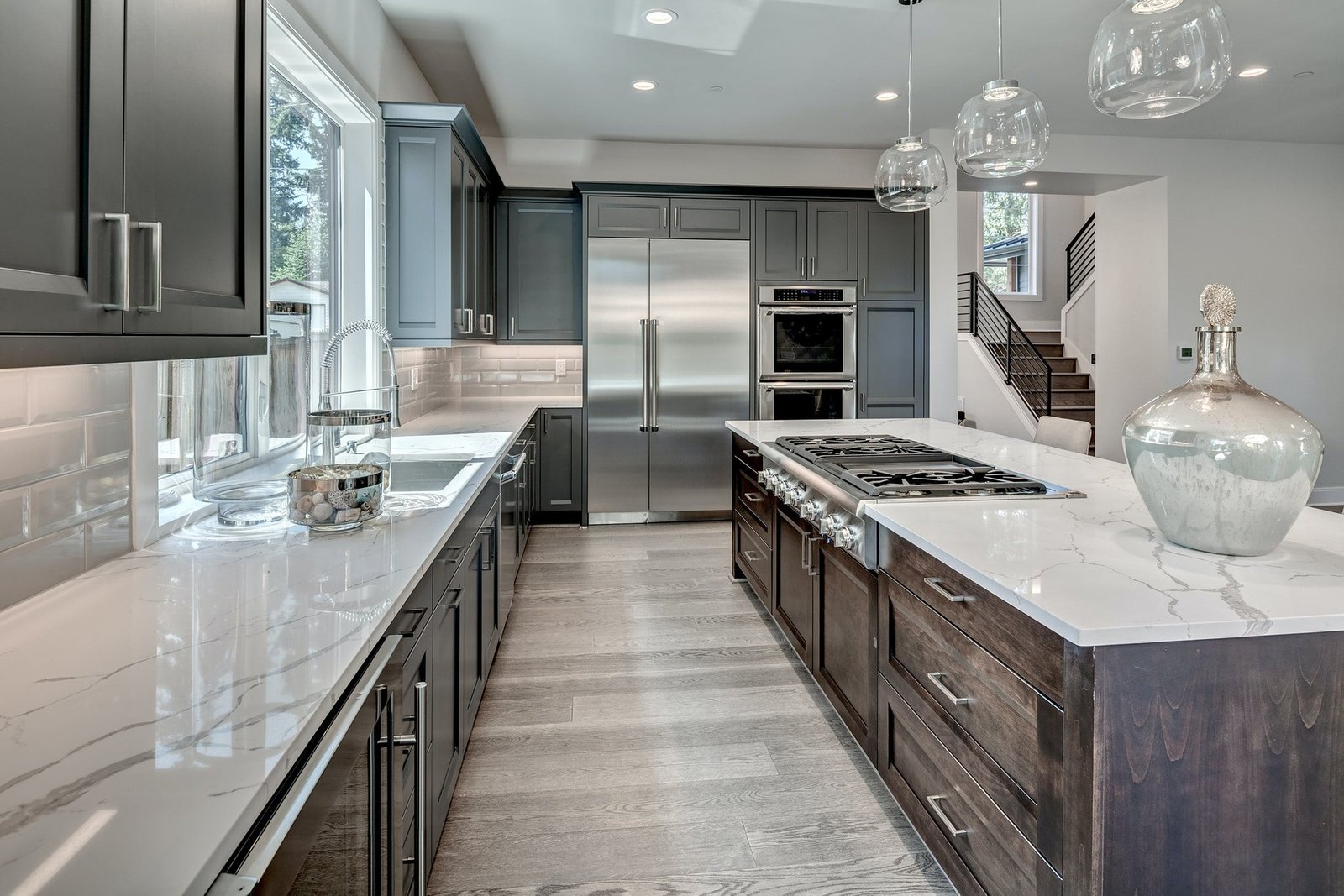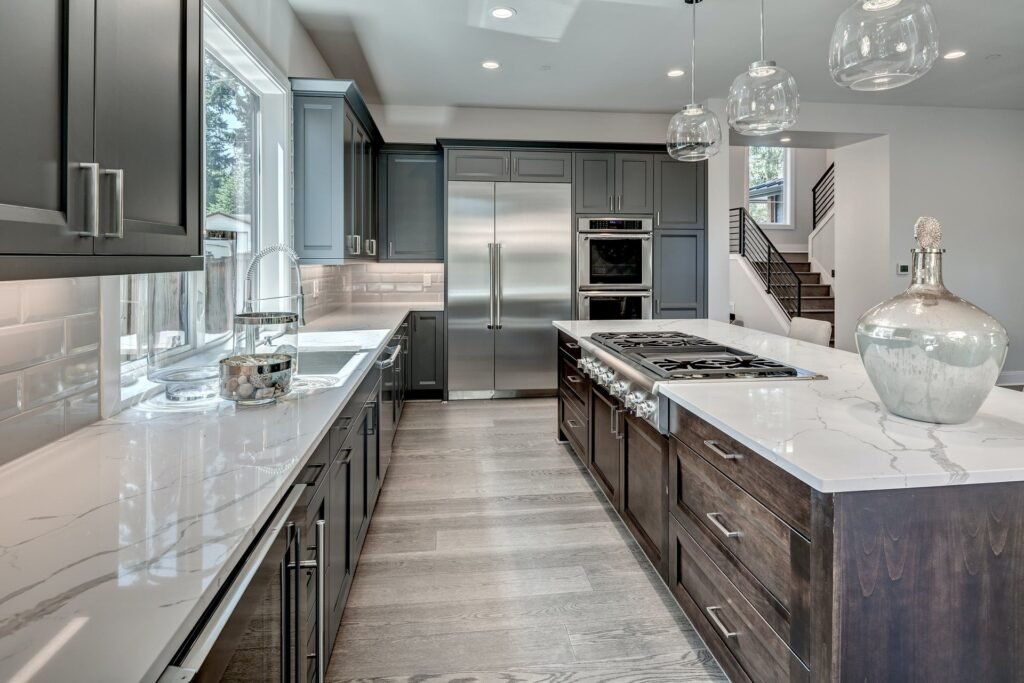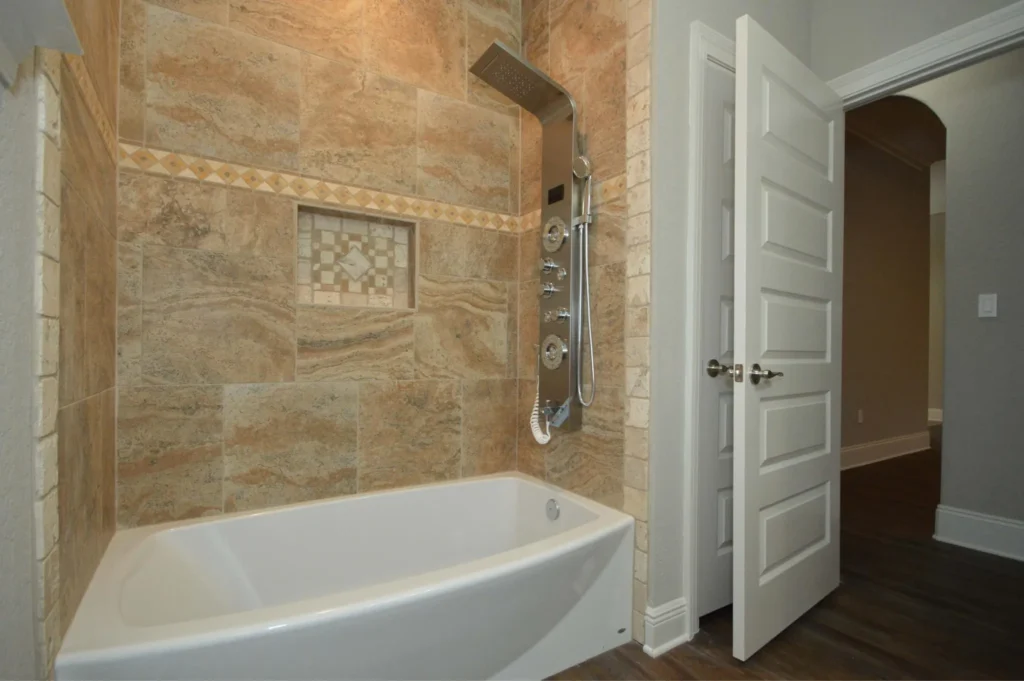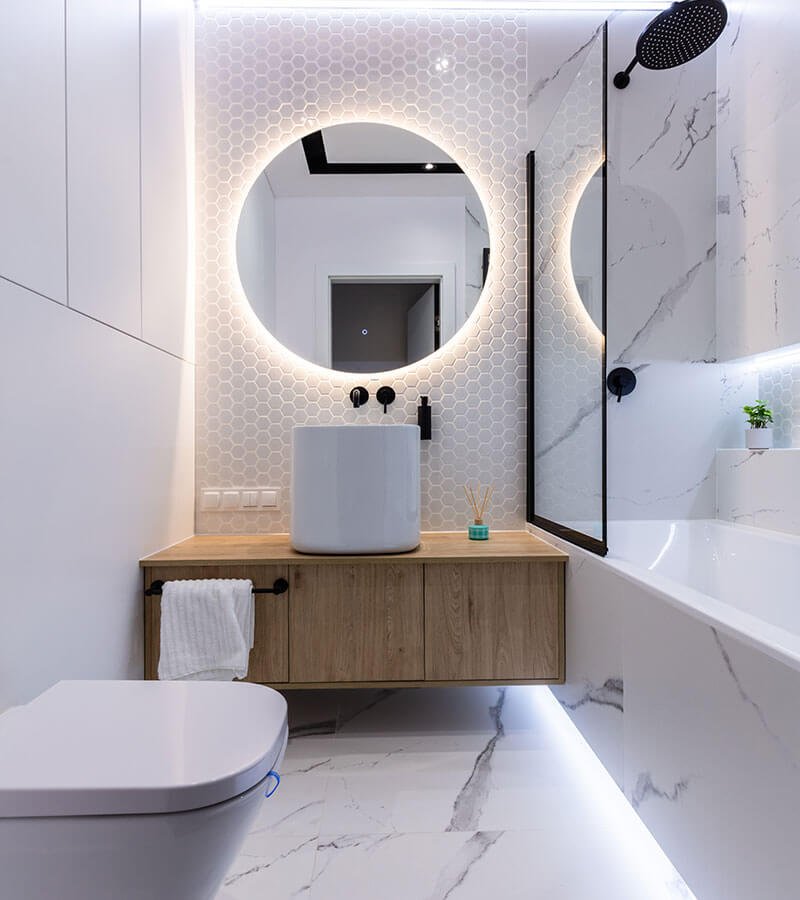Your kitchen is more than just a place to cook—it’s the heart of your home. It’s where family conversations happen, delicious meals are shared, and memories are created. Over time, however, your kitchen can start to look outdated or lose its functionality. That’s where professional kitchen remodeling comes in. With the right design, materials, and craftsmanship, you can completely transform your kitchen into a space that’s both stylish and efficient.
Why Kitchen Remodeling Is Important
Remodeling your kitchen offers numerous benefits beyond just improving its appearance. It enhances the overall value of your home, makes daily tasks more convenient, and allows you to create a design that reflects your personal style. An outdated kitchen can make cooking stressful and limit storage space, while a well-planned remodel can introduce modern features such as energy-efficient appliances, better lighting, and functional layouts.
A remodeled kitchen not only increases your home’s resale value but also improves your lifestyle. It brings comfort, beauty, and efficiency into your daily routine—making it one of the most rewarding investments you can make for your home.
Planning Your Kitchen Remodel
Before starting any remodeling project, careful planning is essential. Think about how you use your kitchen and what changes would make the biggest difference. Ask yourself:
- Do I need more counter space?
- Is my current storage sufficient?
- Are my appliances energy-efficient and properly placed?
It’s also important to set a realistic budget. Professional remodelers can help you prioritize key elements—like cabinetry, countertops, flooring, and lighting—so you get the most value from your investment. By balancing design and function, you can achieve a kitchen that fits both your style and your budget.
Designing Your Dream Kitchen
The design stage is where your dream starts taking shape. Modern kitchen remodeling focuses on blending functionality with aesthetics. Whether you prefer a sleek, contemporary look or a warm, traditional style, there are countless design options to explore.
1. Layout and Space Optimization:
The layout is the backbone of any kitchen. The most popular designs include L-shaped, U-shaped, and open-concept kitchens. A professional designer can help you optimize the layout to improve flow and maximize usable space.
2. Cabinetry and Storage Solutions:
Cabinets play a major role in defining your kitchen’s character. Custom cabinetry not only adds elegance but also provides practical storage for every item, from pots and pans to small appliances. Consider adding pull-out drawers, built-in organizers, and vertical shelves to make every inch count.
3. Countertops and Backsplashes:
Your countertops are both functional and decorative. Durable materials like quartz, granite, or marble offer timeless beauty and longevity. Complement them with a stylish backsplash that ties the entire design together while protecting your walls from splashes and spills.
4. Lighting and Ambience:
Lighting can dramatically transform your kitchen’s atmosphere. Combine task lighting under cabinets, pendant lights above islands, and ambient ceiling lighting for a balanced effect. Proper lighting ensures your space looks warm and inviting while remaining practical for daily use.
5. Flooring Options:
Kitchen floors endure heavy traffic, spills, and heat. Choose flooring materials that are durable and easy to clean, such as ceramic tiles, vinyl, or engineered wood. The right flooring can unify your kitchen’s overall aesthetic and enhance comfort.
Energy Efficiency and Sustainability
Modern kitchen remodeling emphasizes eco-friendly and energy-efficient solutions. Replacing old appliances with Energy Star-rated models can significantly reduce utility bills while benefiting the environment. Consider LED lighting, water-saving faucets, and sustainable materials like bamboo or recycled glass for countertops. These choices not only make your kitchen greener but also add long-term value to your home.
The Remodeling Process
A successful kitchen remodel follows a well-structured process:
- Consultation and Design: Discuss your goals, preferences, and budget with a professional.
- Planning and Permits: The contractor prepares detailed plans and obtains necessary permits.
- Demolition and Preparation: Old fixtures and appliances are removed, and the space is prepped for construction.
- Installation: New cabinetry, countertops, flooring, and fixtures are installed according to the design plan.
- Finishing Touches: Paint, lighting, and décor are added to complete the transformation.
Throughout the process, communication between you and your remodeler is key to ensuring your vision is achieved seamlessly and efficiently.
Benefits of Professional Kitchen Remodeling
Hiring professionals ensures that every aspect of your remodel—from plumbing and electrical work to design and installation—is handled with precision. Expert remodelers have the skills and resources to bring your ideas to life while staying on schedule and within budget. You’ll benefit from high-quality materials, craftsmanship, and attention to detail that guarantee lasting results.
Moreover, professional remodeling can save you from costly mistakes and unnecessary stress. With their experience and industry knowledge, they can help you avoid design pitfalls and make smart decisions that enhance both the functionality and beauty of your kitchen.
Conclusion:
A kitchen remodel is one of the most impactful ways to upgrade your home. Whether you’re aiming for a modern, minimalist design or a cozy, traditional look, the transformation can completely revitalize your space. With the right planning, design, and professional help, you can enjoy a kitchen that not only meets your everyday needs but also becomes a centerpiece for family gatherings and celebrations.
Invest in your home’s heart today—because a beautifully remodeled kitchen is where comfort, creativity, and connection truly begin.




